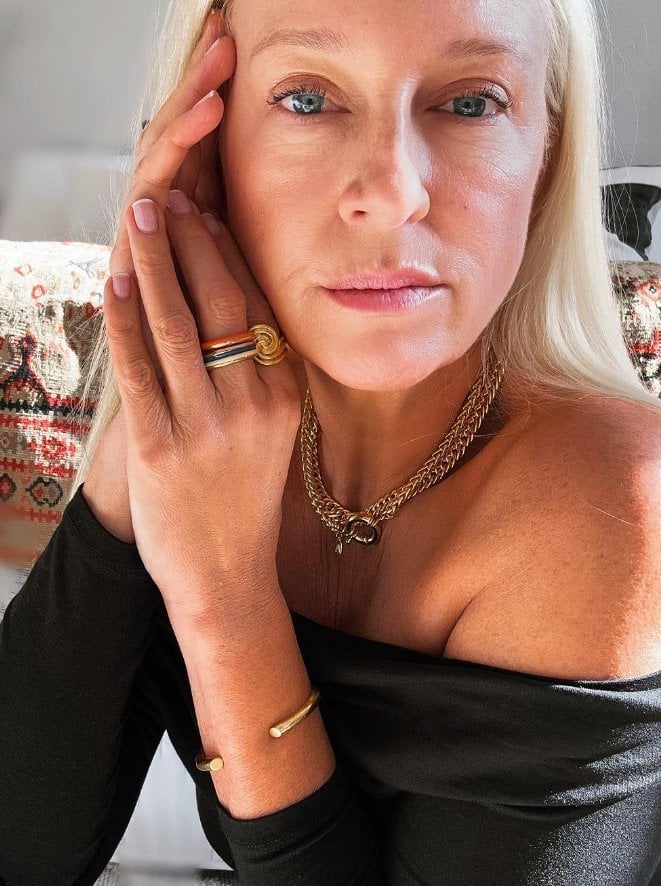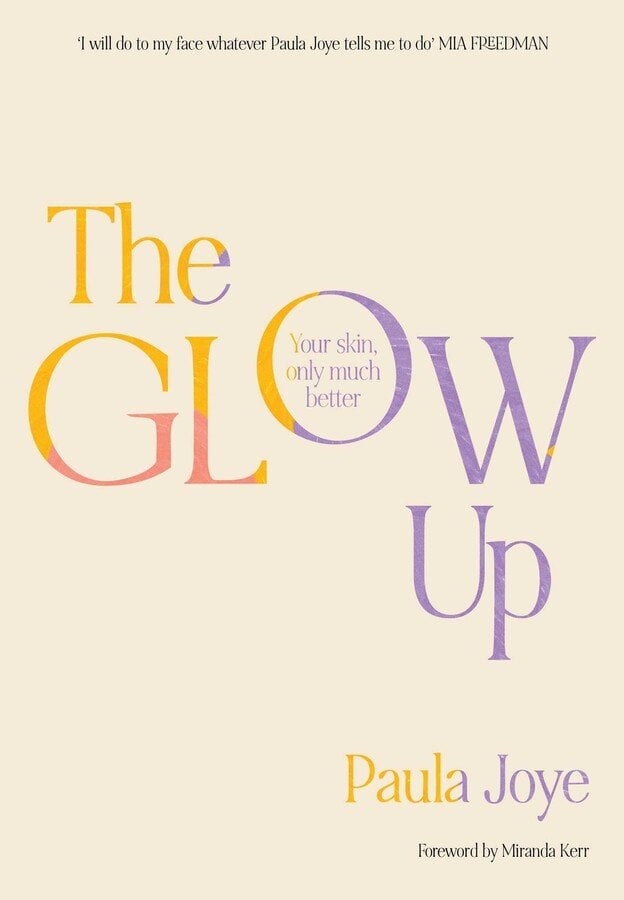
This is an edited extract from 'The Glow Up', by Paula Joye.
Somewhere between Baby Number One and Baby Number Two, my skin was out of control. I developed a strip of adult acne on both my cheeks and some gnarly pedestrian pimples on my chin.
I was incredibly tired and stressed from lack of any work/life balance and my hormones were fluctuating back and forth like the swing I was pushing my daughters on in the park. And because this skin status was driven by my hormones, it felt a whole lot more dramatic than it really was. I sought help from a dermatologist, swapped out some products, cleared up my skin and survived. But there were tears and tantrums along the way. In my head, my skin was ruined.
But that’s hormones ... they impact your mood, your mind and your skin. Often all at the same time. And often with a box of tissues and some hot chips.
There are watershed moments in your life when hormones will take your skin on a real joy ride. Sometimes it’s a trip to glow town, but mostly, hormones are irrational and abandon you and the car at Skin Row. (My first and last skin pun.)
When hormones strike, it can be confusing and terrifying, but there are some things you can do to tackle their effects on your poor old skin.


Top Comments